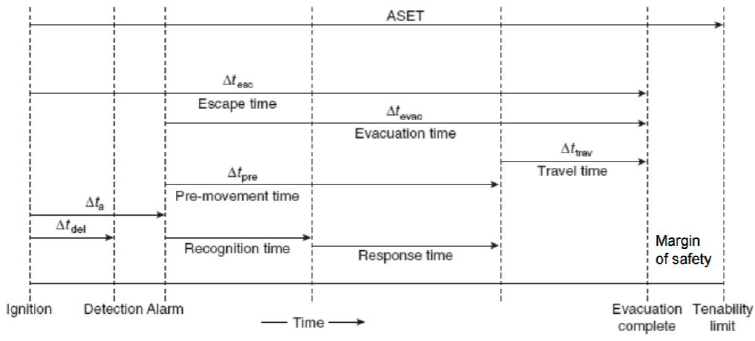EXECUTIVE SUMMARY
This report discusses the fire and life safety analysis of the existing fire protection features installed in the Recreation Center building on the California Polytechnic State University. The analysis is conducted using two different approaches, the prescriptive analysis of the building and the performance-based design analysis.
The prescriptive analysis approach will examine installed fire protection features and systems in accordance with the International Building Code, such as structural fire protection, water-based suppression system, alarm and detection system, egress system, smoke control, and fire safety management plan. The egress system failed when the old gym area was used as a fixed seating assembly area. Other features met the requirements.
The performance-based analysis of the Recreation Center was based on the performance based design method 1 and method 2 of the Life Safety Code, which compares the required safe egress time (RSET) and available safe egress time (ASET) for occupants to evacuate the building safely in the event of a fire. This comparison of REST and ASET will ensure that no occupant shall be incapacitated by the effects of fire before the safe evacuation is competed.
The performance-based analysis is done using Pathfinder and FDS to simulate a chosen design fire scenario to make sure the requirement of safe evacuation is met. In this simulation, the RSET is 410s and the ASET is 177s due to the visibility loss in the chosen fire scenario of the old gym. The RSET is greater than the ASET. That shows the building failed to provide safe evacuation to the occupants.
In order to make sure the occupants can be evacuated safely, no combustible material should be put under or near the bleachers when they are fully extended in the old gym area. A mechanical exhaust smoke control system is recommended to be installed in the old gym to provide enough visibility during a fire situation.
STRUCTURAL FIRE PROTECTION
The Recreation Center was built with structural components such as columns, beams, girders and joists, interior and exterior walls. During a fire, the structural components will play a significant role to keep the whole building from collapsing, and give the occupants enough time to safely evacuate from the building.
The Recreation Center is classified as A3-GYMNASIUM WITHOUT SPECTATOR SEATS and B-LOCKER ROOM/SHOWERS, EXERCISE AREAS AND ADMINISTRATION AREAS. The primary occupancy of the building is A3,B and S.
The building is 2 stories, the average height of highest roof is 65ft. The highest occupied floor level is less than 75ft, therefore, the building is not a high-rise building according to the IBC.
FIRES ALARM AND DETECTION SYSTEM
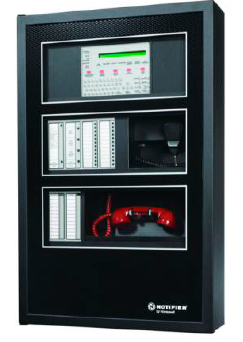
Figure 14. NOTIFIER ONYX NFS2-640 FACP.
The Recreation Center fire alarm system uses a NOTIFIER ONYX NFS2-640 fire alarm control panel (see Figure 14). It is located in the same room as the main electric power supply cabinets on the first floor of the building.
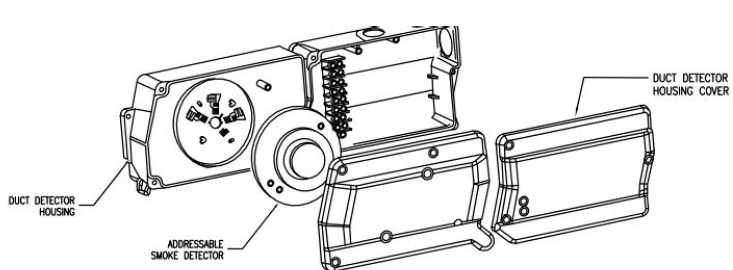
Figure 19. Duct-type Smoke Detectors Detail.
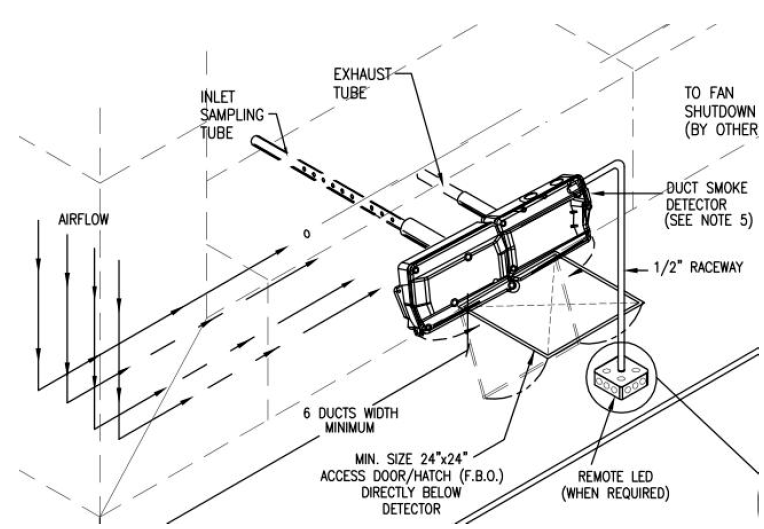
Figure 20. Duct-type Smoke Detectors Mounting Information.
Figure 19 shows the details of the duct-type smoke detectors, and the mounting details are showed in Figure 20.

Figure 27. Device Mounting Details to meet the performance-based requirement in the Recreation Center.
Figure 27 shows the details of device mounting in the Recreation Center, including the smoke detectors, manual stations, visual and audible appliances, which shows that NFPA 72 audible and visible requirements were met.
SMOKE CONTROL
The most common cause of death during a fire is from smoke not the heat of the fire. The smoke not only restricts the visibility, but, it also has irritants that cause asphyxia or other physical disabilities. A smoke control system can provide additional evacuation time for the occupants.
Smoke Control Features
The Recreation Center is equipped with fusible link smoke dampers. The building also have the heating, ventilation and air conditioning (HVAC) system. When the smoke/heat detectors, or the sprinkler activates, the fans in the ducts will shut down, and the fusible link smoke dampers will close to prevent smoke moving through the ducts. Also, the HVAC system will shutdown the air handling system.
WATER-BASED FIRE SUPPRESSION SYSTEM
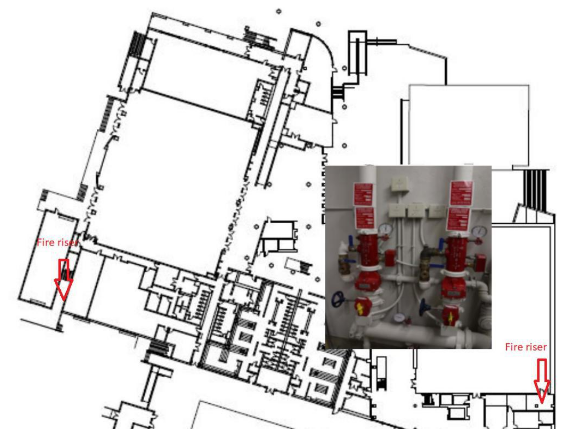
Figure 31. The Location of the Risers.
The city provides a 12” loop piping at the connection of the project building. Water flow s into the building sprinkler system through a 6” pipe at the riser on the 1 st floor. (the new riser is shown as the black square on Part B of the floor at Appendix C). Figure 31 shows the two risers location on the first floor.
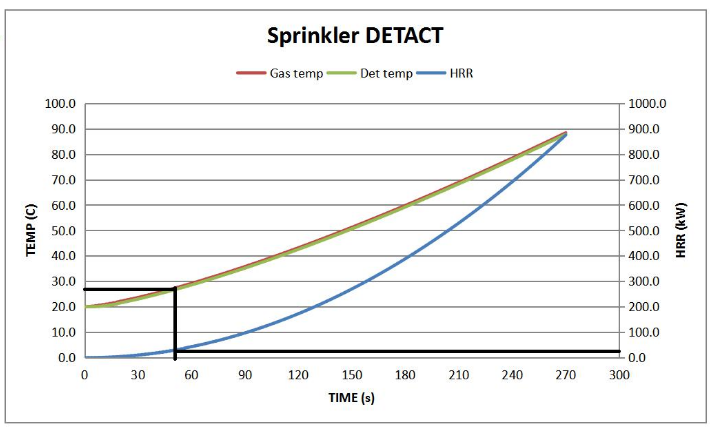
Figure 39. DETACT Curves for Gas Temperature, Detector Temperature, and Heat Release Rate of Fire.

Figure 39 shows the DETACT curves for gas temperature, detector temperature and the heat release rate of the fire. The smoke detector will operate in 52 seconds with an approximate HRR of 32.4 kW, according to Table 17. The smoke detectors are more sensitive resulting in a faster response time compared to fire sprinklers.
EGRESS ANALYSIS
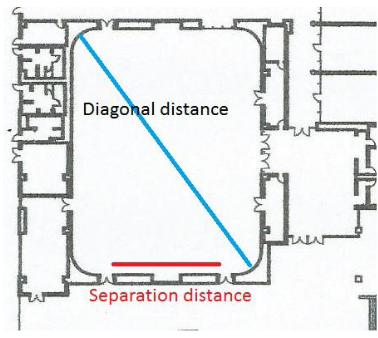
Figure 43. Remoteness Assessment at MAC of 1st floor.
Since t he Rec Center is protected throughout by approved automatic sprinkler system , the remoteness requirement for the building must satisfy 7.5.1.3.3 of the LSC Handbook which states that the exits should not be less than one-third the length of the maximum overall diagonal dimension of the building or area to be served. Figure 43 shows the example remoteness calculation in the MAC area on the 1st floor.
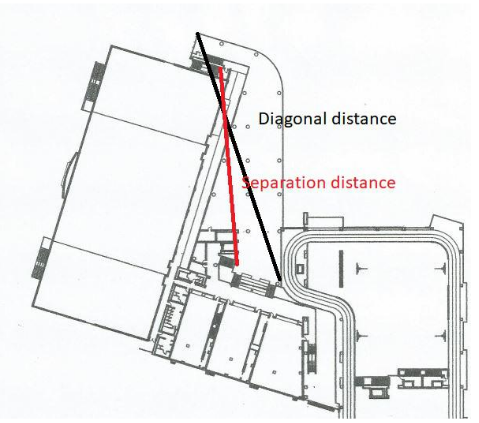
Figure 44. Remoteness Assessment on 2nd floor.
The diagonal distance is about 200 ft. One third of the diagonal distance is about 67 ft. Therefore,the separation distance is about 70 ft. The separation distance is greater than 1/3 the diagonal distance. Figure 44 shows the remoteness on the 2nd floor. The separation distance is clearly greater than 1/3 the diagonal distance.
FIRE SAFETY MANAGEMENT PLAN
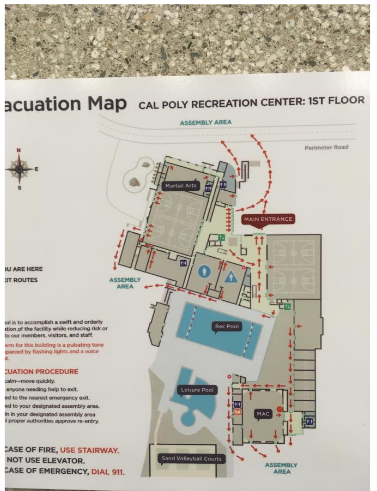
Figure 48. Evacuation Map of 1st Floor.
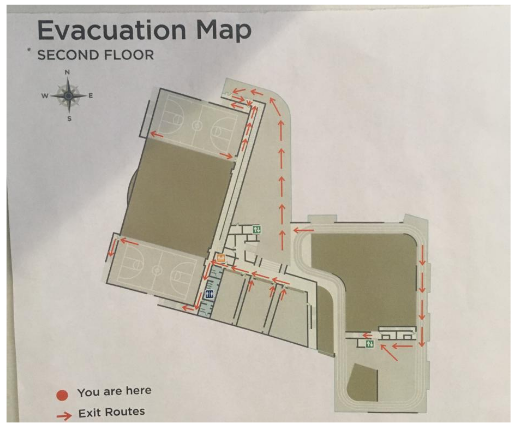
Figure 49. Evacuation Map of 2nd Floor.
If smoke alarms sound or other evidence of fire occurring:
- Alert others immediately
- If safe,close the windows and the doors of fire place
- Contact the fire service
- Assist people to evacuate to outside without endangering yourself.
- Fight the fire if safe and are trained.
- Await the arrival of the fire service.
Figures 48 and 49 show the evacuation maps for the Recreation Center.
PERFORMANCE BASED ANALYSIS
According to Chapter 5 of the LSC, the objective of performance-based design is to evacuate all the occupants in Recreation Center safely before it becomes untenable during the fire emergency. Therefore, the Available Safe Egress Time (ASET) should be greater than the Required Safe Egress Time(RSET). The SFPE Handbook provides a guide for conducting a performance based analysis. Figure 50 shows the tenability acceptance criteria. The escape time is the required safe egress time(RSET).
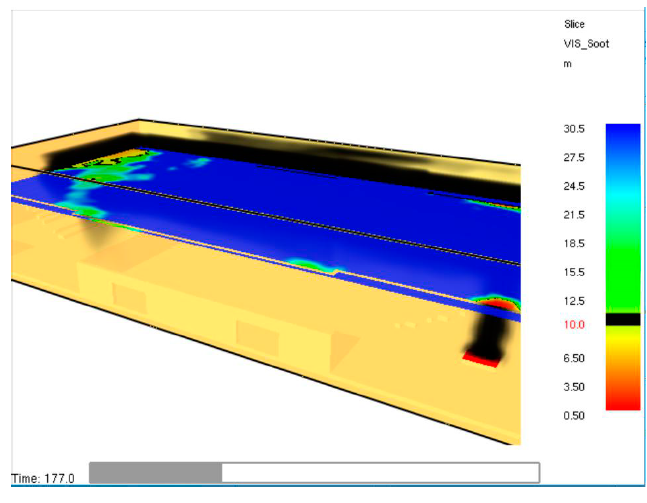
Figure 55. Smokeview Screenshot of Visibility Conditions at 177s.
The visibility in the gym drops below 10m and becomes an egress concern at 177 seconds into the model. Figure 55 shows the visibility at 177 seconds when the visibility at the other side of the gym drops below 10 m.
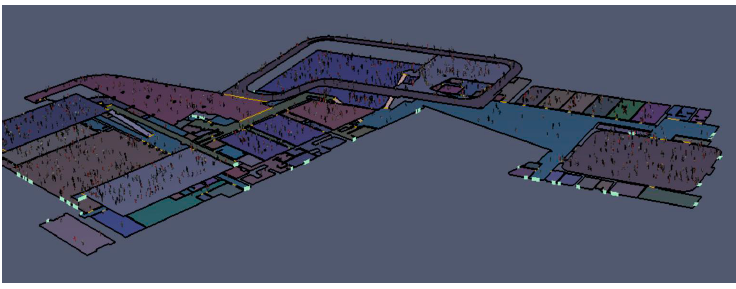
Figure 58. Pathfinder Layout of the Entire Building.
Pathfinder is used for the building egress time estimation. The Pathfinder model is constructed from AutoCAD floor plan files from Cal Poly map website. Figure 58 shows the layout of the entire building.
CONCLUSIONS AND RECOMMENDATIONS
This fire safety analysis contains both the prescriptive analysis and the performance-based design analysis of the Recreation Center.
The building meets the prescriptive requirements of the applicable codes,such as structural fire protection, water-based suppression system, alarm and detection system and egress system.
The fire safety management was based on the Cal Poly Environmental Health & Safety Fire Drill & Building Evacuation Procedure. But the problem I found is on the second floor, the evacuation map could not be found. The evacuation map of the second floor I found is at the entrance of the building. The evacuation map is important during the emergency situation.
The performance-based analysis was performed using Pathfinder and FDS to simulate a chosen design fire scenario.The result shows that the visibility will drop below 10m which prevent the occupants from safely evacuate the building.
Also when I visited the building, there are some obstructions, like trash cans put in the corridor on the second floor that will block the pathway of egress. And some of the fire doors are supposed to be closed during the normal time, but were opened and obstructed by items for convenience purpose. The obstruction should be removed and the fire door should be shut.
No combustible material should be under or near the bleachers when they are fully extended in the old gym area. A mechanical exhaust smoke control system is recommended to be installed in the old gym to provide enough visibility during a fire situation.
Source: California Polytechnic State University
Authors: Hao Yan
